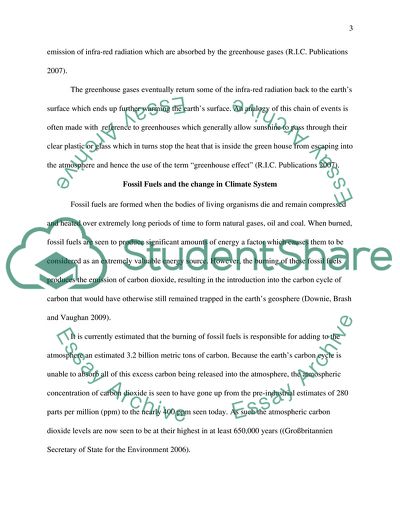Cite this document
(What is Climate Change and Why Does It Matter Coursework - 1, n.d.)
What is Climate Change and Why Does It Matter Coursework - 1. Retrieved from https://studentshare.org/environmental-studies/1612671-contemporary-issues-in-business-individual-report
What is Climate Change and Why Does It Matter Coursework - 1. Retrieved from https://studentshare.org/environmental-studies/1612671-contemporary-issues-in-business-individual-report
(What Is Climate Change and Why Does It Matter Coursework - 1)
What Is Climate Change and Why Does It Matter Coursework - 1. https://studentshare.org/environmental-studies/1612671-contemporary-issues-in-business-individual-report.
What Is Climate Change and Why Does It Matter Coursework - 1. https://studentshare.org/environmental-studies/1612671-contemporary-issues-in-business-individual-report.
“What Is Climate Change and Why Does It Matter Coursework - 1”, n.d. https://studentshare.org/environmental-studies/1612671-contemporary-issues-in-business-individual-report.


